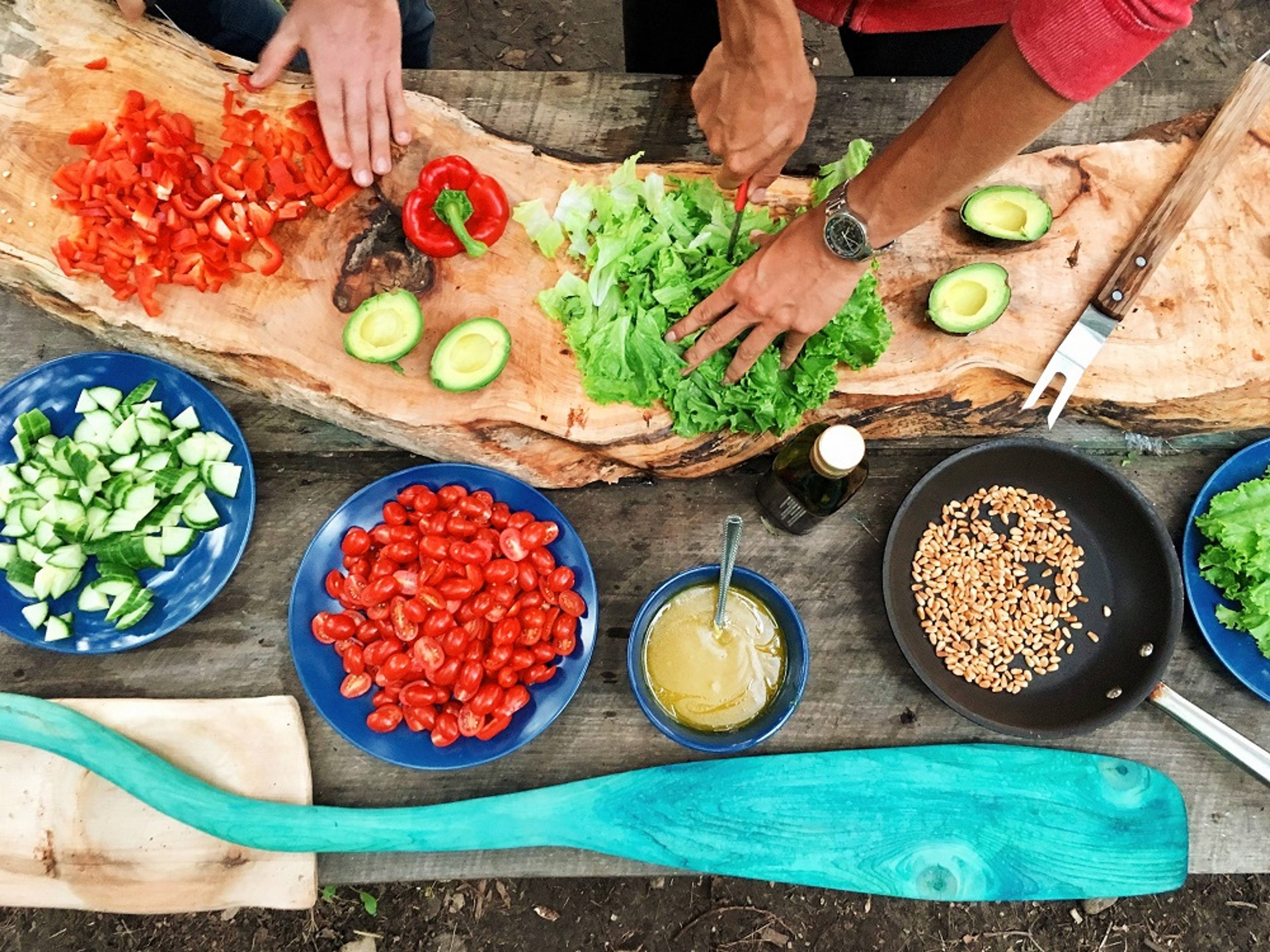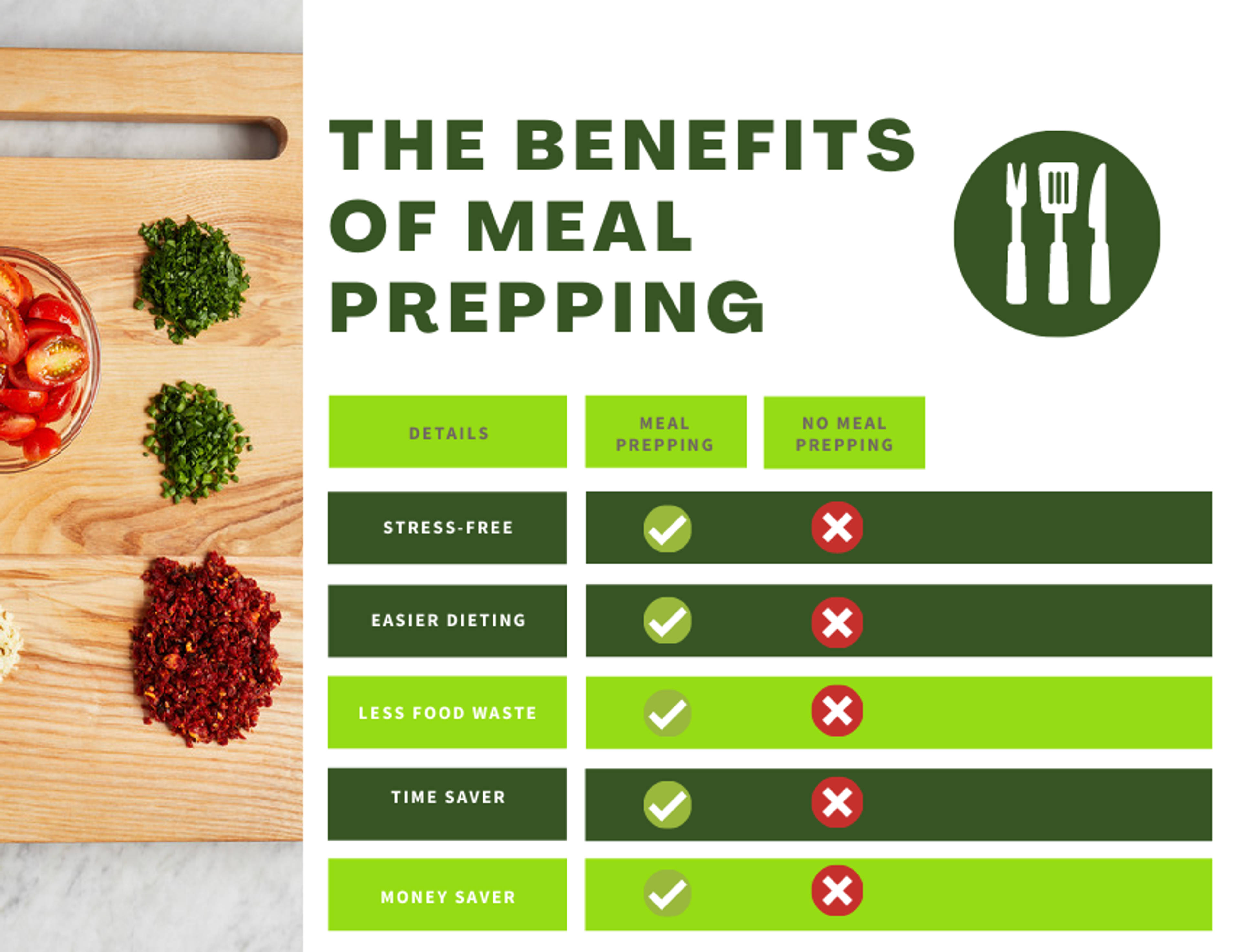What Is Mise en Place, and Why Should You Use It?
Mise en Place: The Best Way to Start Cooking
Everything in its place. It’s a tidy philosophy for life—and even more so in the kitchen. Enter mise en place, a practice that makes cooking and meal prepping easier, quicker, cleaner, and more efficient.
“Mise en place” roughly translates from its native French to “everything in its place.” In short, it’s the practice of setting up the cooking station so that everything the cook needs is readily available. Ingredients, utensils, and other supplies are gathered; ingredients that need to be prepared, such as produce, are cleaned and made ready for cooking.
Mise en place is so important that it’s one of the first things aspiring chefs learn in culinary school. But it can—and should—extend to the home cook. In fact, HelloFresh believes in mise en place so thoroughly that it’s at the base of everything we do, from ingredient preparation to our recipe cards. Read on to learn more about the history and activities involved in mise en place.

The Beginnings of Mise en Place

Benefits of Mise en Place for Meal Prepping and Beyond
How to Set Up Your Mise en Place
